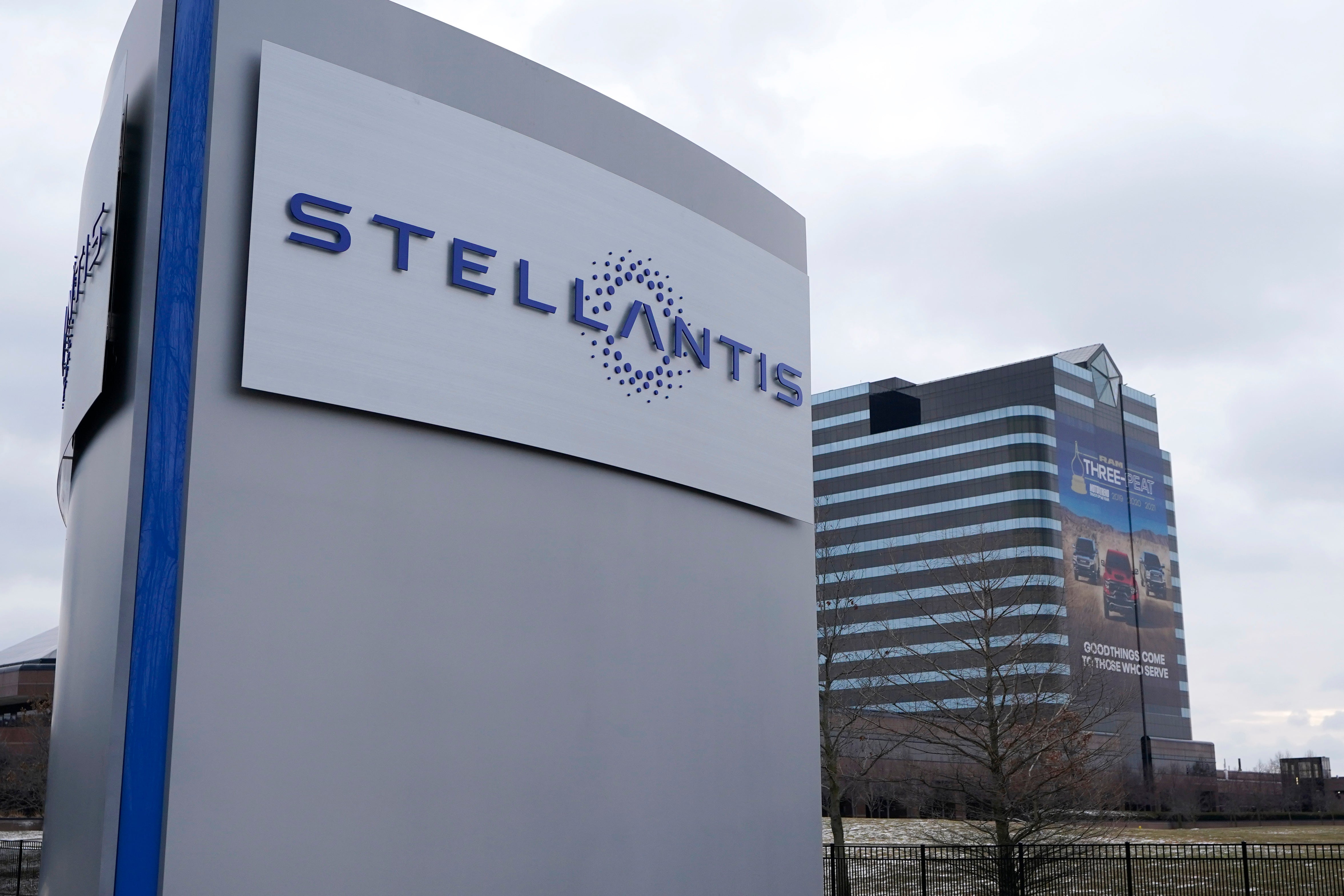Stellantis lays off about 400 salaried workers to handle uncertainty in electric vehicle transition
Jeep maker Stellantis is laying off about 400 white-collar workers in the U.S. as it deals with the transition from combustion engines to electric vehicles

Jeep maker Stellantis is laying off about 400 white-collar workers in the U.S. as it deals with the transition from combustion engines to electric vehicles.
The company formed in the 2021 merger between PSA Peugeot and Fiat Chrysler said the workers are mainly in engineering, technology and software at the headquarters and technical center in Auburn Hills, Michigan, north of Detroit. Affected workers were being notified starting Friday morning.
“As the auto industry continues to face unprecedented uncertainties and heightened competitive pressures around the world, Stellantis continues to make the appropriate structural decisions across the enterprise to improve efficiency and optimize our cost structure,” the company said in a prepared statement Friday.
The cuts, effective March 31, amount to about 2% of Stellantis' U.S. workforce in engineering, technology and software, the statement said. Workers will get a separation package and transition help, the company said.
“While we understand this is difficult news, these actions will better align resources while preserving the critical skills needed to protect our competitive advantage as we remain laser focused on implementing our EV product offensive,” the statement said.
CEO Carlos Tavares repeatedly has said that electric vehicles cost 40% more to make than those that run on gasoline, and that the company will have to cut costs to make EVs affordable for the middle class. He has said the company is continually looking for ways to be more efficient.
Stellantis plans to launch 18 new electric vehicles this year, eight of those in North America, increasing its global EV offerings by 60%. But Tavares told reporters during earnings calls last month that “the job is not done” until prices on electric vehicles come down to the level of combustion engines — something that Chinese manufacturers are already able to achieve through lower labor costs.
“The Chinese offensive is possibly the biggest risk that companies like Tesla and ourselves are facing right now,’’ Tavares told reporters. “We have to work very, very hard to make sure that we bring out consumers better offerings than the Chinese.
Last year Stellantis offered buyout and early retirement packages to about 6,400 nonunion salaried workers, but it has not said how many took the offers.
In 2022 the company announced that it planned to close a factory in Belvidere, Illinois, and lay off 1,350 people in an effort to trim its manufacturing footprint. But during contentious contract talks last year with the United Auto Workers, Stellantis agreed to keep the plant open to make EVs, as well as add a battery factory in Belvidere.
The Stellantis workforce reductions come after crosstown rivals Ford and General Motors cut thousands of white-collar jobs, also due to the transition to electric vehicles.
In the summer of 2022, Ford let go of about 4,000 full-time and contract workers in an effort to cut expenses. CEO Jim Farley has said much of Ford’s workforce doesn’t have the right skills as it makes the transition from internal combustion to battery-powered vehicles.
About 5,000 salaried GM workers, many in engineering, took early retirement and buyout offers last spring.
Bookmark popover
Removed from bookmarks